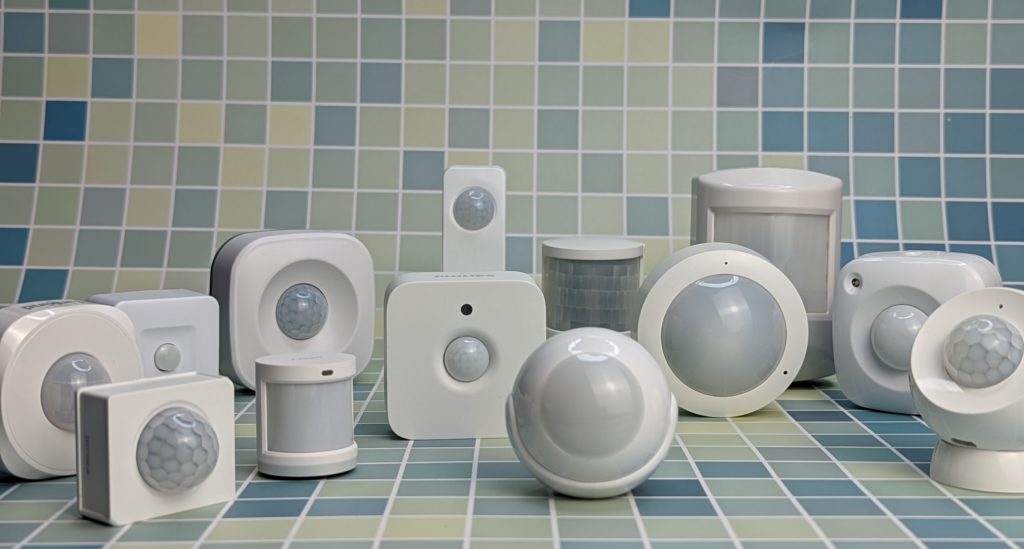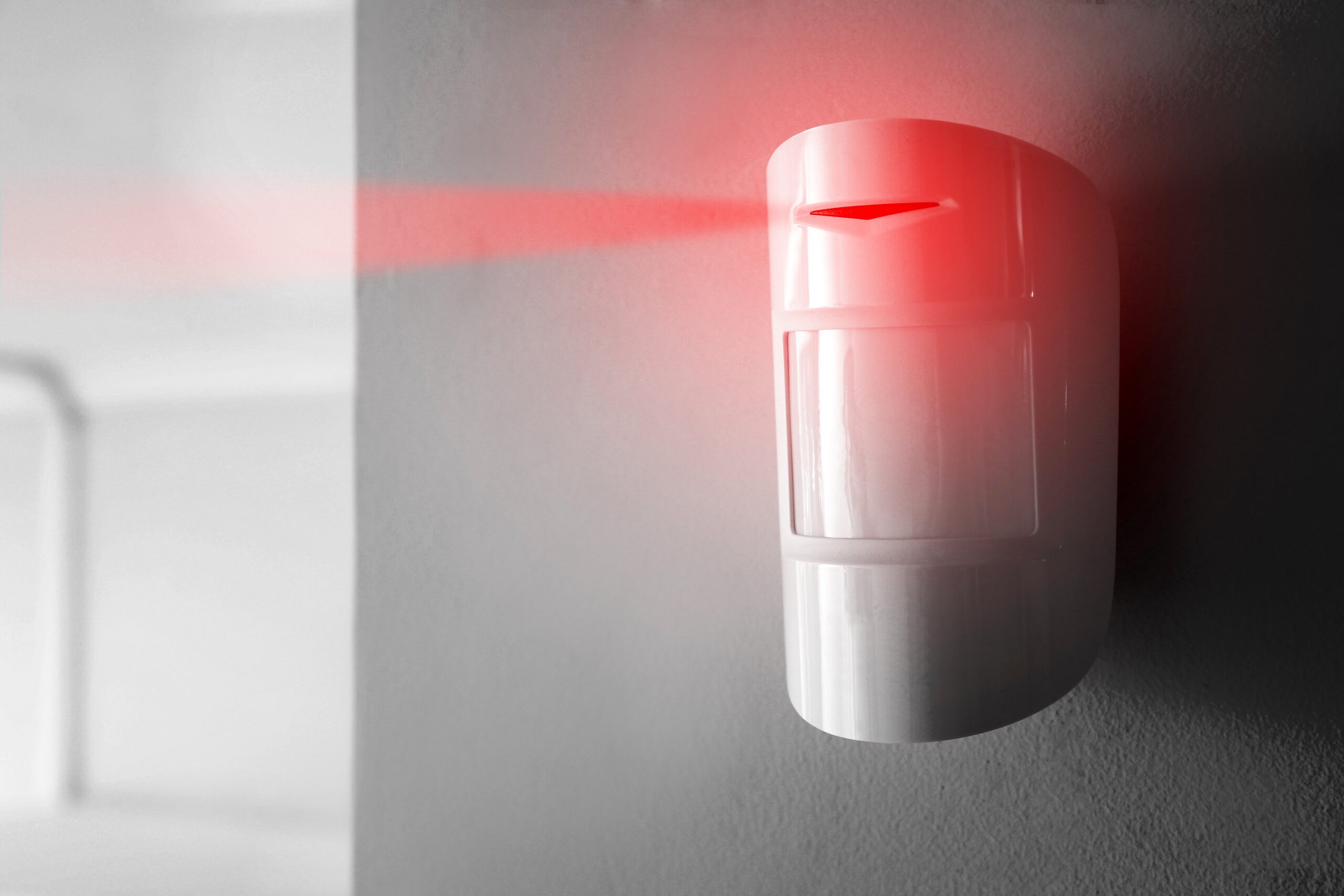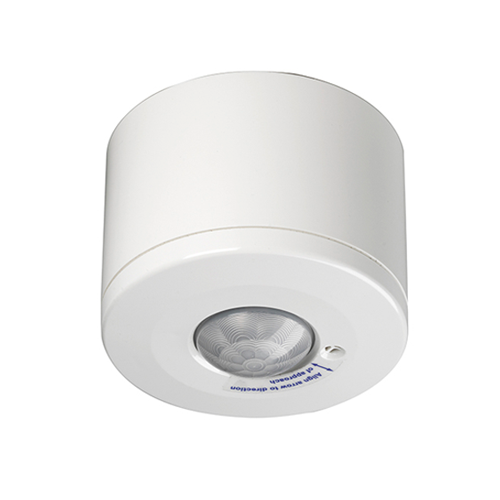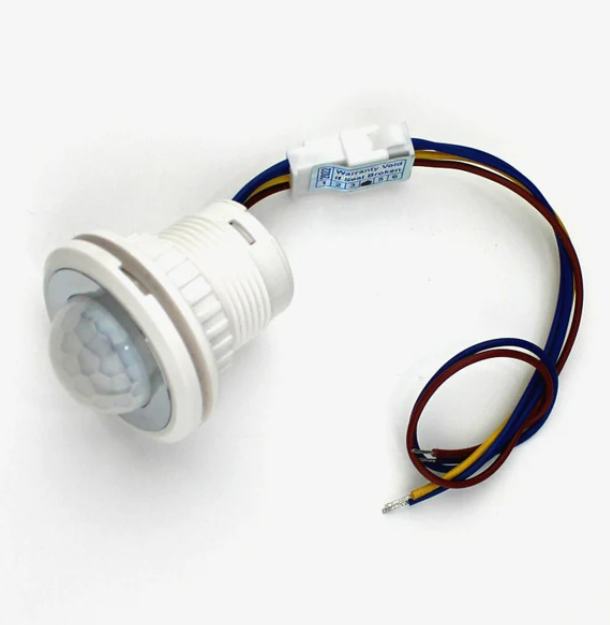Description
How Do Motion Sensors Work?
Motion sensors detect changes in the environment – whether in the form of movement or a temperature variation and then trigger a reaction. They may turn on lights in your presence, adjust cooling systems, sound a security alarm when unauthorized personnel trespass, or cause a security camera to record unexpected activity.
Three components of motion sensors work in tandem to achieve detection and trigger reactions.
The sensor unit detects movement and varies based on the type of sensor. The embedded computer functions as the brain, processing the movement in the form of data and sending signals across to trigger a reaction. The hardware or mechanical component receives the signal and acts upon it, triggering the reaction.
4 Types of Motion Sensors
Passive Infrared (PIR)
PIR sensors detect changes in heat energy within their field of view. They measure the infrared radiation that warm objects such as humans and animals emit.
When these sensors detect a change in heat energy, they respond, for example, by turning on a light. PIR sensors are cost-effective, easy to install, and contribute to energy efficiency.
Microwave
Microwave-based sensors work by emitting signals like microwaves and then measuring the reflection of objects to detect movement. These sensors are typically more expensive but can cover larger areas and are less prone to false alarms.
Photocell
Photocell sensors are also known as photoresistors. When exposed to light, their electrical resistance changes, leading to a subsequent action.
As light intensity increases on a photocell, its resistance decreases, turning off the light, and as darkness falls, resistance increases, causing the light to turn on. Photocells are great for outdoor spaces where daylight and nighttime cycles matter.
Cabinet/Wardrobe Sensor
Cabinet or wardrobe sensors make your storage spaces smarter by lighting them up when necessary. These sensors detect movement to turn lights on and off, bringing convenience to your life by helping you find things easily and faster.
What are Motion Sensors Used for?
Motion sensors are versatile devices that detect movement and trigger reactions when paired with other technological devices. They contribute significantly to energy efficiency and security in various situations and settings.
Motion Sensor Lights
An essential application of motion sensors is lighting automation. Motion sensor lights can turn on or off automatically when movement is detected, providing convenience. They are used in homes, offices, and other commercial properties and can be battery-powered or wired into the electrical system.
Energy Saving
Motion sensors are a boon for energy conservation. They operate based on movement detection, eliminating the need for continuous lighting and reducing energy usage. They’re especially beneficial in spaces that aren’t frequently occupied, like closets, bathrooms, and corridors.
Sustainable Energy
Motion sensors play a crucial role in promoting energy efficiency. They operate by detecting movement and controlling the connected devices accordingly. They’re especially advantageous in environments where devices do not need to operate constantly.
Energy Wastage
Motion sensors are effective in reducing energy waste. They ensure that devices are not left running unnecessarily, thereby saving energy. However, it’s important to fine-tune the sensitivity and range settings.
When calibrated correctly, they prevent devices from activating when not required, further emphasizing their role in energy conservation. In this way, motion sensors contribute significantly to creating an energy-efficient and sustainable environment.
Where Do You Put Motion Sensors?
There are crucial considerations to keep in mind while trying to install motion sensors. Installing sensors in corners can be beneficial to have a wide detection range.
And the installation height can influence the effectiveness of the motion sensor. It’s usually best to place them at a level where they can detect activity without being triggered by false alarms.
Obstructions in the form of furniture or plants can affect the sensor’s ability to sense movement. Ensure that nothing gets in the way or blocks the sensor’s detection range.








